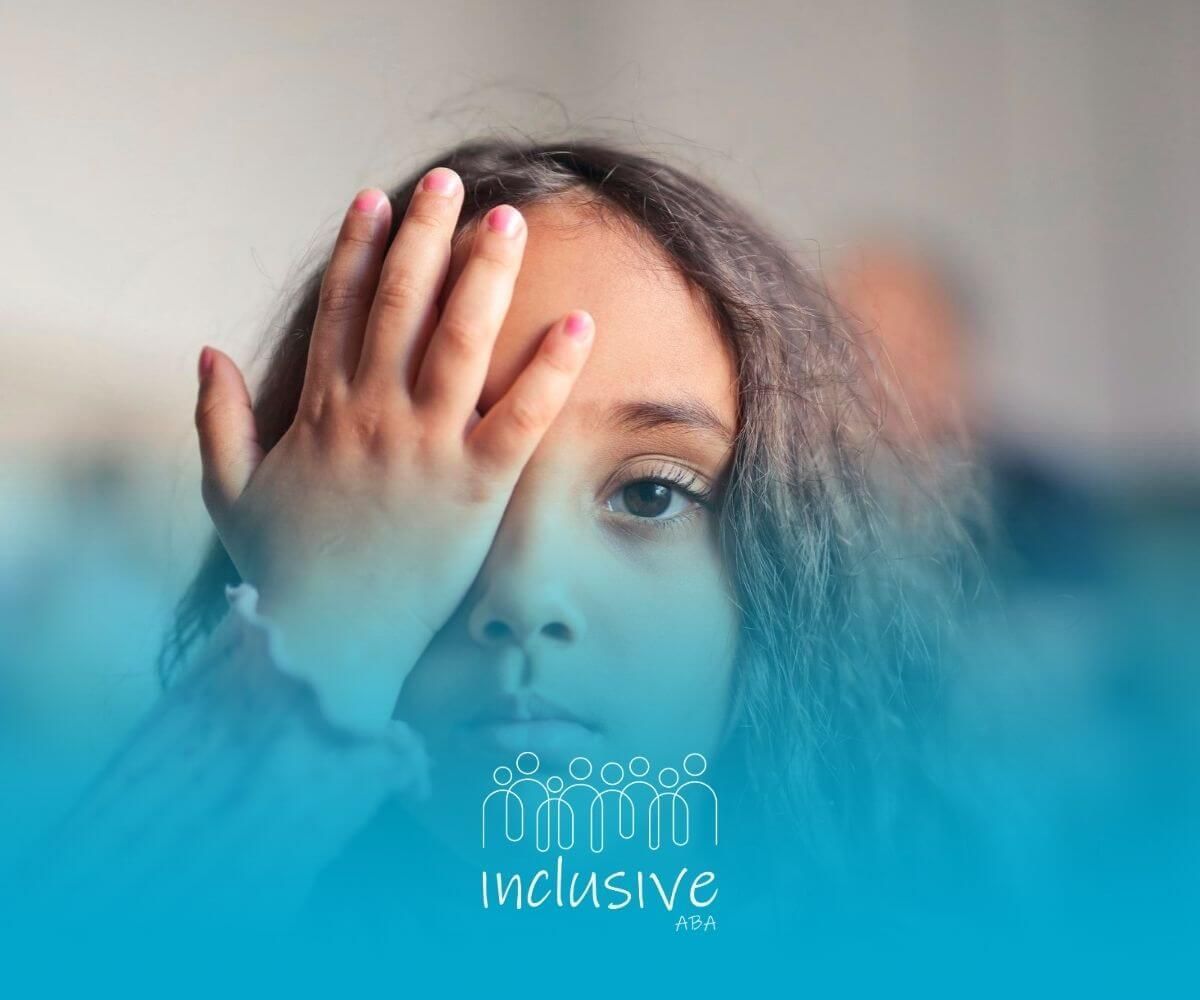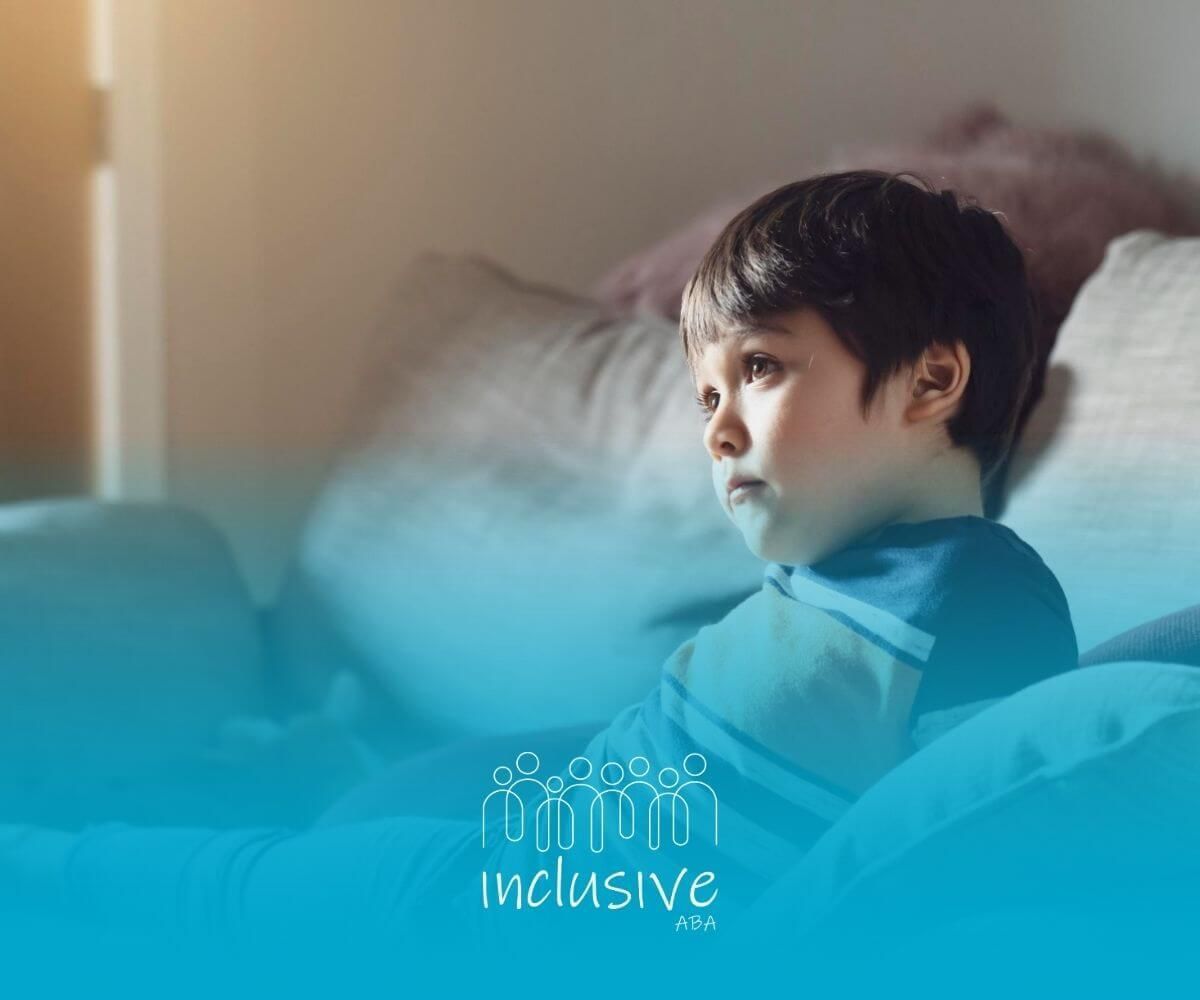When Should I Quit ABA? Making the Right Choice
ABA therapy sessions are well-known for helping children with autism spectrum disorder. These sessions create individual treatment plans that work on building important skills and encouraging independence. As your child improves, you may wonder: when is the best time to stop ABA therapy? Figuring out the right time to make this change can be tricky. It’s important to think about your child’s personal path in therapy to achieve the best results. Let’s look at the signs and steps to make this decision wisely.
Understanding ABA Therapy and Its Goals
ABA therapy aims to build behavior patterns that help people be more independent in everyday life. This approach uses research to show how good behaviors can be encouraged. It helps children on the autism spectrum have better chances to succeed.
The main goals of ABA therapy are to help with communication, problem-solving, and controlling emotions. With a plan made just for each person, ABA therapy focuses on teaching skills that help in the long run. This gives children and their families hope and comfort as they see steady progress.
What ABA therapy aims to achieve for autistic children
ABA therapy helps children on the autism spectrum reach their full potential by focusing on their individual development needs. It uses behavior analysis to improve important skills like communication, self-control, and social interaction.
For children who have trouble with basic behaviors or emotions, targeted interventions divide larger goals into smaller, easier steps. This approach can help reduce tantrums and improve flexibility. As a result, ABA encourages positive changes for both the child and their families, who often deal with a lot of caregiving stress.
The goal of ABA therapy is to create lasting improvements that support the child’s long-term growth. By slowly building skills that foster independence, therapy helps children feel more confident in different situations. As parents see their child progress, they can value the effective strategies that allow their children to thrive within the autism spectrum.
Key components of a successful ABA program
A successful ABA program has clear goals and works with experts like certified behavior analysts. These experts often check and change the treatment goals based on what the child needs. This helps them succeed over time.
Intensive treatment methods are very important for ABA to work well. Children get a lot of therapy each week, from 10 to 40 hours. This therapy is tailored to help with specific behavior issues. Each step learns from the last one to create a complete plan.
Another important part is using positive reinforcement strategies. These methods teach children to see the link between what they do and the good things that happen. With regular checks on their progress, ABA programs can greatly help children. They get the support they need from their parents and therapists to face everyday challenges.
Signs That It May Be Time to Transition Away from ABA
Ending ABA therapy should be done carefully. You need to watch how your child grows and reacts. Keeping track of their progress can show when they are ready to move on.
For example, if your child keeps meeting their therapy goals or is no longer improving, you might see fewer benefits from the sessions. Also, if there are signs like added stress, this may suggest changes are needed. Parents should work together with therapists and behavior analysts. This way, they can make the right decisions about reducing or stopping ABA therapy.
Lack of progress after a significant duration
Not seeing clear progress after many months or years of therapy shows that changes might be needed. If your child’s treatment plan isn’t helping improve their behavior, it makes sense to rethink how long the ABA therapy lasts.
A thorough evaluation by ABA specialists can show if your current efforts match your child’s therapy goals. For instance, if your child meets small goals but is having trouble with bigger ones, you might need to change session hours and methods.
While sticking with ABA is really important, keeping fixed therapy hours without any results may make it hard for your child to stay engaged. Instead, think about other ways to reach success that don’t hurt their growth. Keeping track of therapy sessions helps make sure that these decisions support your child’s well-being.
Child's increased stress or negative behavior responses
ABA therapy should help kids feel good and teach them useful skills. If therapy sessions cause bad behavior or more stress, it’s time to rethink your methods.
Behavior analysis is key in figuring out if therapy makes things worse for your child. If there are strong emotional reactions or if your child often tries to avoid sessions, you should evaluate the situation again. Keeping your child’s mental health as a top priority is very important.
Working with experts, like certified behavior analysts, makes sure any changes match what your child can handle. Whether it's changing therapy plans or trying new things, paying attention to stress factors helps avoid extra pressure on kids. In the end, helping your child have a balanced learning experience opens up better chances for them to thrive in supportive places.
Considerations Before Quitting ABA
Before deciding to stop ABA therapy, it is important to talk with your child's therapists. Speaking with ABA professionals can help you find reasons or problems that may be causing your child’s behavior to stay the same.
Also, looking into other therapies like occupational or physical therapy might help with gaining new skills. Transition plans should include ways that have worked before to keep your child’s progress in different settings. This will help support their needs and reduce how much they rely on structured sessions.
Consulting with ABA professionals and therapists
Before deciding to quit ABA therapy, it is important to get professional consultation. Your child’s Board Certified Behavior Analyst (BCBA) can give helpful advice about changes in therapy and the next steps based on regular behavior checks.
The consultation model helps families learn about their options and what it means to cut back on hours or stop therapy. Talking with ABA providers can help address worries about your child's treatment goals or working together with other services.
Also, getting personalized guidance will assist families in seeing how changes affect the child, which helps avoid setbacks. Working with BCBA professionals ensures families take the right steps that match the child’s behavioral growth. This way, the process is informed and backed by expertise.
Evaluating alternative therapies and their potential benefits
Considering different therapies is an important step in moving away from ABA. Occupational therapy helps children improve skills like fine motor development and problem-solving. This creates helpful tools for better daily living.
Physical therapy also plays a role. It addresses physical and sensory needs, helping kids with challenges like balance and coordination. Both therapies support the progress children made with ABA and open up more ways to build skills.
Joining extra support programs, such as art classes or after-school activities, encourages independence and helps with social skills. Working with specialists can help you choose the best options based on your child’s specific needs and goals. A careful approach makes sure your child can transition smoothly. This helps maintain the growth and positive behaviors learned during ABA sessions.
How to Gradually Reduce ABA Sessions
Reducing ABA therapy hours slowly can help your child’s progress. A careful transition plan that works with your therapists makes sure the change fits your treatment goals.
Watching your child during this time helps you see how well they adjust to fewer therapy hours. Keeping track regularly helps you know if they need more support or changes in the transition, making it easier for them to adjust. This helps your child gain success in their development for a long time.
Steps to taper off therapy without disrupting progress
Reducing ABA therapy sessions takes a careful plan to keep progress and support in balance. A transition plan that fits the child’s successes shows good ways to lower therapy hours.
For instance, moving slowly from a full ABA therapy plan of 40 hours a week to fewer therapy hours helps the child adapt better. Regular talks between parents and therapists help keep behavior consistent.
Also, clear communication at each step of lowering therapy prepares the child for changes. This careful method stops sudden stops in reaching personal goals and helps them become more independent outside of therapy.
Monitoring your child's response to decreased sessions
Keeping an eye on behavior changes is important when reducing ABA therapy hours. Even though it's necessary to lower the weekly hours, watching how the child reacts helps make sure they keep progressing.
Measuring milestones is key. Tracking the hours spent on ABA therapy along with other activities helps to maintain consistency. For example, structured play with peers at home can show positive reinforcement the child has learned in therapy sessions being used in real life.
Using ABA services during this change gives important insights. These insights can help adjust reductions while keeping success rates high. It’s a teamwork process that focuses on the child’s comfort and developmental milestones.
The Role of Family Decision Making in ABA Therapy
Families are important in choosing when to lower ABA therapy. When family members reach a common agreement, it is based on what they have seen and advice from experts.
Caregivers can support their child by joining in discharge plans. This extra help can make their child's experience better when moving to fewer therapy hours. Families work together to create plans that promote independence and build on the gains made during ABA therapy sessions.
Importance of family involvement and consensus
Shared decision-making in families helps find balance when making changes to ABA therapy sessions. Including caregivers allows everyone to better understand the ABA plans. It also shows that each family member's opinions are valued.
Family members can use what they learn from ABA therapy sessions at home. This helps create a steady routine in daily life. When parents actively take part in therapy talks, they are better able to make choices that fit their child's needs.
Involvement from the family connects the therapy work to everyday life changes. This ensures that any shifts are helpful and build on the growth made during intensive treatment periods.
Strategies for family to support the child’s transition
Family efforts play a big role in making the switch to fewer ABA therapy hours easier. A clear discharge plan helps caregivers use the strategies they learned in the child's everyday life.
Parents can offer extra help by organizing activities like sports, music classes, or playdates with friends. These choices let children socialize on their own, while keeping the positive behaviors developed during ABA.
Staying in touch with therapists is important. It helps everyone understand what changes are needed to deal with new challenges after ABA. When families are committed, they create a supportive environment for using positive behaviors in daily activities.
Conclusion
In conclusion, deciding when to stop ABA therapy is an important choice. This choice needs careful thought. It's key to look at how your child is doing, their feelings, and how well the therapy works for them. Talking to professionals, checking out other therapies, and including family members in the discussions can help you make a good decision. You want to put your child's best interests first. Remember, the aim is not only to stop therapy but to make sure your child keeps growing in a space that helps them develop. If you're making this choice, take time to think about your options and find support that suits your child's specific needs.
Deciding whether to continue or discontinue ABA therapy can be a challenging decision for families. At Inclusive ABA, we understand the complexities involved and are committed to providing personalized care for every child. Our team of experts works closely with parents and caregivers to ensure that ABA therapy is always tailored to meet your child’s evolving needs, helping them achieve meaningful progress. If you're unsure whether it's time to make a change, our team is here to guide you every step of the way. Reach out today to learn how we can support your child’s growth and well-being with the best ABA therapy services in Nevada, Nebraska, and Colorado.
Frequently Asked Questions
What are the typical signs that ABA is no longer beneficial?
Signs that show a need for more help include not making progress on treatment goals or having ongoing behaviors that continue despite therapy sessions. Other signs are reduced skill achievements or bad mental health responses during ABA services. Behavior analysis will figure out if further intervention is needed.
Can stopping ABA therapy cause regression in my child?
Stopping ABA services suddenly can cause a child to lose learned behaviors and important skills. Reducing ABA therapy hours slowly while keeping an eye on the child’s mental health helps make the change easier. More therapy sessions or strategies at home can help reduce possible setbacks.
How do I measure the success of ABA therapy for my child?
Success in ABA therapy is measured by treatment goals and progress made in therapy sessions. It also depends on how well specific needs are met. Consulting with your ABA provider and having regular assessments from your child’s BCBA helps ensure the treatment aligns with the goals set in the therapy process.
Sources
- https://pmc.ncbi.nlm.nih.gov/articles/PMC9458805/
- https://my.clevelandclinic.org/health/treatments/25197-applied-behavior-analysis
- https://pmc.ncbi.nlm.nih.gov/articles/PMC8702444/
- https://www.simplypsychology.org/positive-reinforcement.html
- https://behavioralcertification.org/
- https://childmind.org/article/controversy-around-applied-behavior-analysis/
Looking for Expert Help? We're Here for You!
Our compassionate and skilled team is devoted to enhancing your child's development through customized ABA therapy. Let us partner with you to create a supportive environment for your child's success.
Discover how we can help your family thrive with expert ABA therapy.
Related Posts







